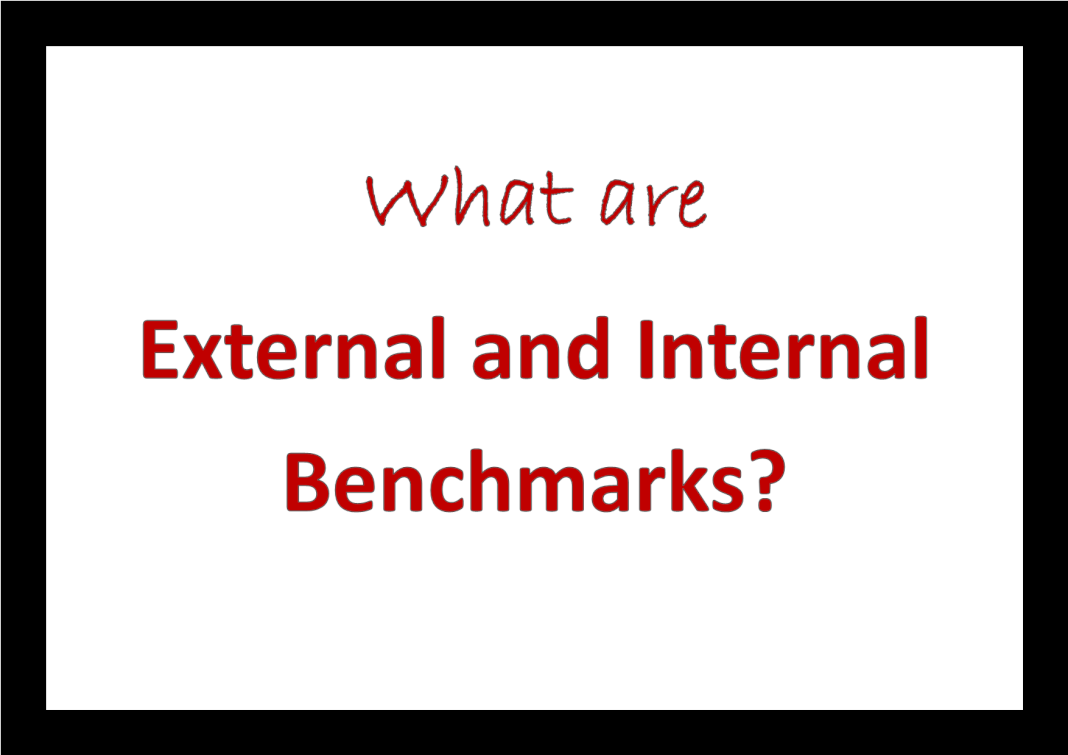Setting the correct interest rate and making timely changes are sophisticated works from the angle of the working of the financial system. Interest rate is one of the important benchmarks in any economy. It is based on the interest rate that the activities like savings, investment, loan demand etc are conducted. In India, the RBI has periodically designed several interest rate benchmarks for banks to follow while setting their interest rates. These interest rate benchmarks were:
(i) Prime Lending Rate
(ii) Benchmark Prime Lending Rate (BPLR)
(iii) Base Rate and
(iii) Marginal Cost Based Lending Rate (MCLR)
All these were interest rate setting standards for banks to fix their own interest rates. A notable feature of these benchmarks was that these are set by the bank itself (internal). Hence these are known as internal benchmarks.
But, in the context of the banking system’s failure to correctly transmit the interest rate directions of the RBI, the central bank has decided to instruct banks to follow some external benchmarks for setting their interest rate.
| Financial benchmarks: are standard rates primarily used for pricing, valuation and settlement purposes in financial markets and contracts.
Internal benchmark: An internal benchmark is a reference rate for the pricing of rupee loans determined internally by the bank. The PLR, BPLR, the base rate, and the MCLR were internal benchmarks set by each bank for determining the interest rate of loans. External benchmark: An external benchmark is defined as a reference rate published by an independent benchmark administrator (like the FBIL). |
Move towards external benchmarking
The RBI constituted an Internal Study Group (ISG) to examine various aspects of the latest internal benchmark – the MCLR system. After analysing the trend, the ISG observed that internal benchmarks such as the Base Rate/MCLR have failed to support the effective transmission of monetary policy. Therefore, it recommended a switchover to an external benchmark in a time-bound manner.
In the transition towards external benchmarking, the RBI also suggested some external benchmarks or interest rate anchors set by external entities for banks to follow. RBI’s repo rate, Financial Benchmarks India Private Ltd. (FBIL)’s various interest rate benchmarks etc. can be followed.
External benchmark implies banks following interest rate anchor set by an independent entity that is outside the bank. For example, RBI’s repo rate or FBIL’s MIBOR rate are external benchmarks. In 2019, the RBI instructed banks to follow external benchmarks for setting their floating rates.
External benchmarks for banks to follow
The RBI in the circular identified the following external benchmarks for banks to follow:
- Reserve Bank of India policy repo rate.
- Government of India 3-Months Treasury Bill yield published by the Financial Benchmarks India Private Ltd. (FBIL).
- Government of India 6-Months Treasury Bill yield published by the FBIL.
- Any other benchmark market interest rate published by the FBIL.
Banks are free to offer such external benchmark linked loans to other types of borrowers as well. Banks can also decide the spread over the external benchmark (spread means the higher interest rate that can be charged from a higher risk borrower).
After the introduction of external benchmarks, 62 banks choose RBI’s repo rate as the external benchmark, while six banks have chosen FBIL prepared benchmark rates. Eleven other banks have linked different sectors to different benchmarks. The launch of external benchmarking has considerably reduced the lending rates, according to the RBI. The lending rate for housing loans, car loans and educational loans came down.
Interest rate setting: The interest rate under the external benchmark shall be reset at least once in three months.
Transition to External Benchmark from MCLR/Base Rate/BPLR: Existing loans linked to the previous MCLR/Base Rate/BPLR regimes shall continue till repayment or renewal, as the case may be.
*********










